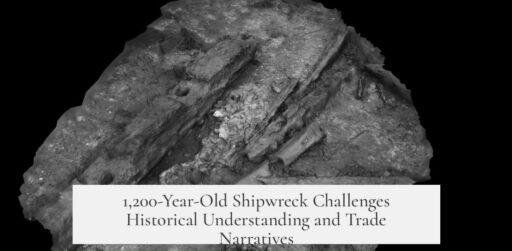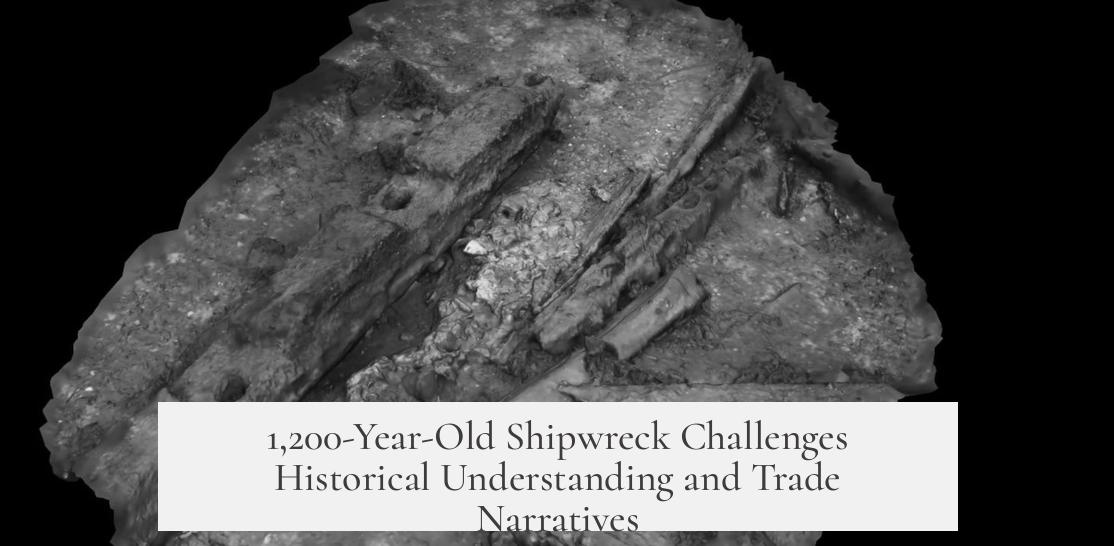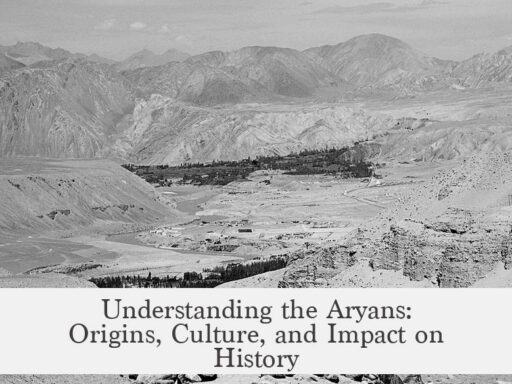The stunning discovery of a 1,200-year-old shipwreck challenges prevailing historical narratives but does not confirm that trade completely ceased during the early medieval period. The shipwreck offers tangible evidence of ongoing commerce, yet experts emphasize that it contradicts the exaggerated claim that trade disrupted entirely following the decline of the Roman Empire. Historical records already indicate trade persisted, especially through ports like Tyre, Tripoli, Damascus, Antioch, and in Egypt.
Trade with India and the East continued via Syrian and Egyptian termini. These regions maintained contact through religious and commercial networks, ensuring exports such as papyrus and linen remained active even after Byzantium’s weakening. Thus, this discovery enriches knowledge but does not overturn well-established facts.
Alternative trade routes and actors played significant roles. In the 8th century, much of Spain and southern France were under Muslim control, facilitating varied trade paths involving Muslim, Jewish, and Christian merchants. The shipwreck predates the era of Spanish efforts like Columbus’s westward voyages by over 500 years, indicating that maritime commerce and exchange evolved slowly rather than stopped abruptly.
There is also speculation that the ship may have carried loot rather than typical trade goods. Arab raiders attacked and looted Christian coastal towns and Rome itself during this period. The vessel could represent a “loot ship” returning from a raid, broadening interpretations of the cargo and highlighting conflict intersecting with commerce.
Concerns arise regarding the preservation and public display of the wreck. Unlike famous finds like the Vasa ship, this wreck faces the risk of being buried in sand due to a lack of suitable museum facilities, frustrating historians and the public eager to learn more from such significant artifacts.
Public skepticism about media coverage, especially from outlets like CNN, reflects general doubt toward new historical claims. However, the discovery encourages re-examination of accepted historical timelines. It urges historians to connect archaeological facts with historical records critically but carefully.
- Trade continued post-Roman Empire, notably through Eastern Mediterranean ports.
- Islamic control allowed diverse traders to maintain commerce.
- The shipwreck cargo might represent loot from raids instead of trade goods.
- Preservation challenges risk losing key archaeological insights.
- The find prompts revision but not rejection of current history textbooks.
Stunning Discovery of 1,200-Year-Old Shipwreck Contradicts History Books – CNN
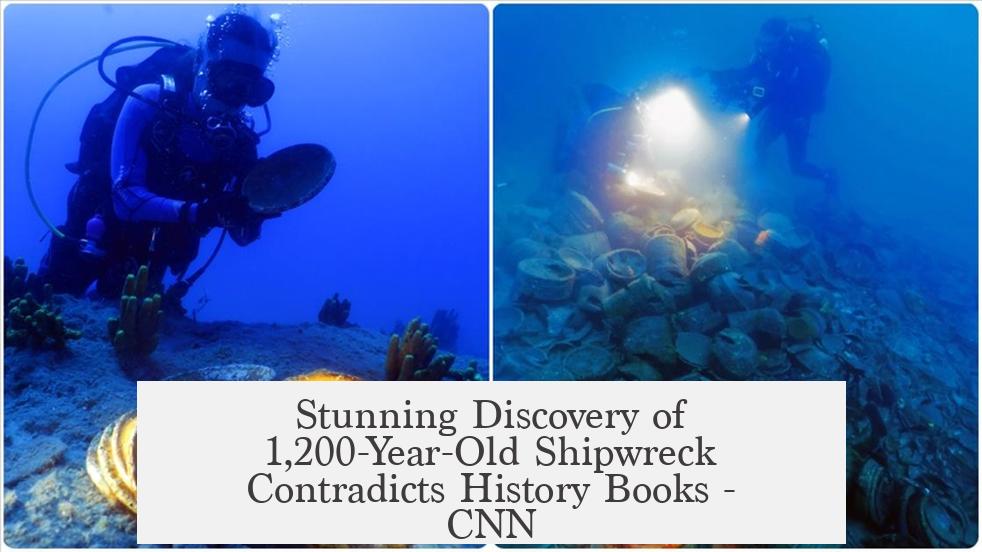
First question first: Did trade really stop after the fall of the Roman Empire as history books claim? This remarkable 1,200-year-old shipwreck discovered recently by archaeologists challenges that very idea. But hold on — the story isn’t as black and white as the headlines suggest.
So, what’s the big deal about this ancient sunken vessel found submerged somewhere around the Mediterranean? At first glance, some reports, including a popular CNN piece, paint it as proof that trade lingered robustly long after the Roman decline — a discovery that supposedly crumbles centuries of accepted scholarship. But digging deeper (pun intended), we find nuance.
A Trade that Never Quit – Misconceptions About a Vanished Era
Contrary to the dramatic twists CNN headlines might stir up, historians are quick to point out that trade didn’t halt abruptly when Rome’s glory faded. Did textbooks say otherwise? Actually, no. The idea that trade suddenly stopped sounds more like a sensational myth than factual history.
Here’s why: The key hubs for trade with the East remained alive and kicking along the Syrian coast (think Tyre, Tripoli, Antioch) and in Egyptian ports. These centers continued moving goods like papyrus and linen — vital essentials — well beyond Rome’s decline. Churches persisted in maintaining those commercial ties too.
A history teacher’s perspective often disputes the narrative of a complete stop. They say, “If such a claim existed in textbooks, I’d have seen it by now.” So, is this discovery shaking history’s foundations? Perhaps only slightly.
Not Just Roman, Not Just Christian: A Web of Trade Routes and Cultures
Exploring who was trading and how is where things get really interesting. It’s easy to associate ancient Mediterranean trade only with Romans and early Christians. But this period was far more complex. The late 8th century saw parts of Spain and southern France under Muslim rule. That’s a big deal.
Muslim, Jewish, and Christian traders mingled, negotiated, and exchanged goods across territories. So, the ship in question may represent this intertwined economic curiosity, not just Roman relics or Byzantine leftovers. It’s a tangible remnant of a vibrant, multi-cultural trade route — a medieval mash-up long before globalization.
Loot or Legitimate Cargo? Mysteries Beneath the Waves
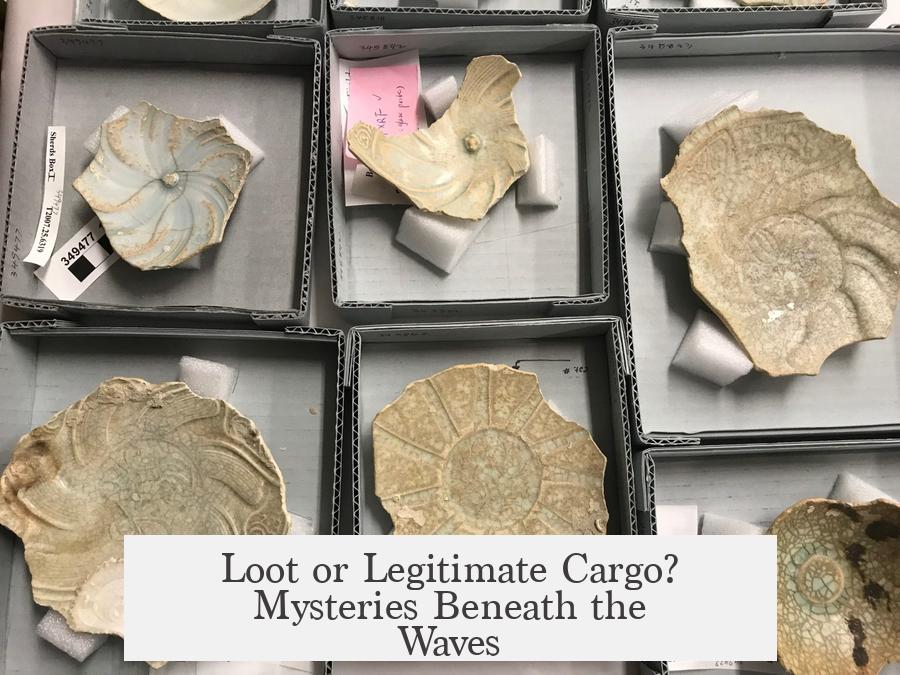
Here’s a thrilling angle: The ship might not have only carried standard trading goods. Could it have been loaded with loot? Remember, Arab raiders stormed coastal towns, even fancied a cheeky raid on Rome’s outskirts. St. Paul’s and St. Peter’s basilicas once faced sacking, exposing the vulnerabilities of so-called impregnable walls.
This vessel could have been coming back from such a raid, transporting items snatched from Christian ships or towns. History is messy. It’s full of conflict, commerce, and everything in between. This wreck might just be a snapshot of that chaotic blend.
Preservation Problems: When History Gets Buried Again
Here’s the sad reality that might baffle you: despite the ship’s significance, authorities can’t find a place to display it publicly. You think a momentous find like this would get a prime museum exhibit? Think again.
Instead, the plan is to cover it back with sand for protection. “Why?” many ask. Leaving such a treasure to rot seems counterintuitive when other wrecks like the Vasa have their own dedicated museum space.
This situation highlights the frustrating challenges museums and archaeologists face: funding, space, conservation technology, and public interest all tug in different directions. So, even monumental finds can end up sidelined.
A Healthy Dose of Skepticism: CNN and ‘Sensational’ Headlines
Before we buy every eye-catching narrative, it’s fair to ask: “Can we trust CNN on this?” Some readers immediately reject sensationalism as mere clickbait. It’s a trend that clouds many modern takes on history.
But skepticism should not blind us to the underlying facts. While the headlines may overstate, the discovery itself invites reconsideration of some historical nuances — especially around Mediterranean trade dynamics.
Rewriting History: A Lesson in Humility and Curiosity
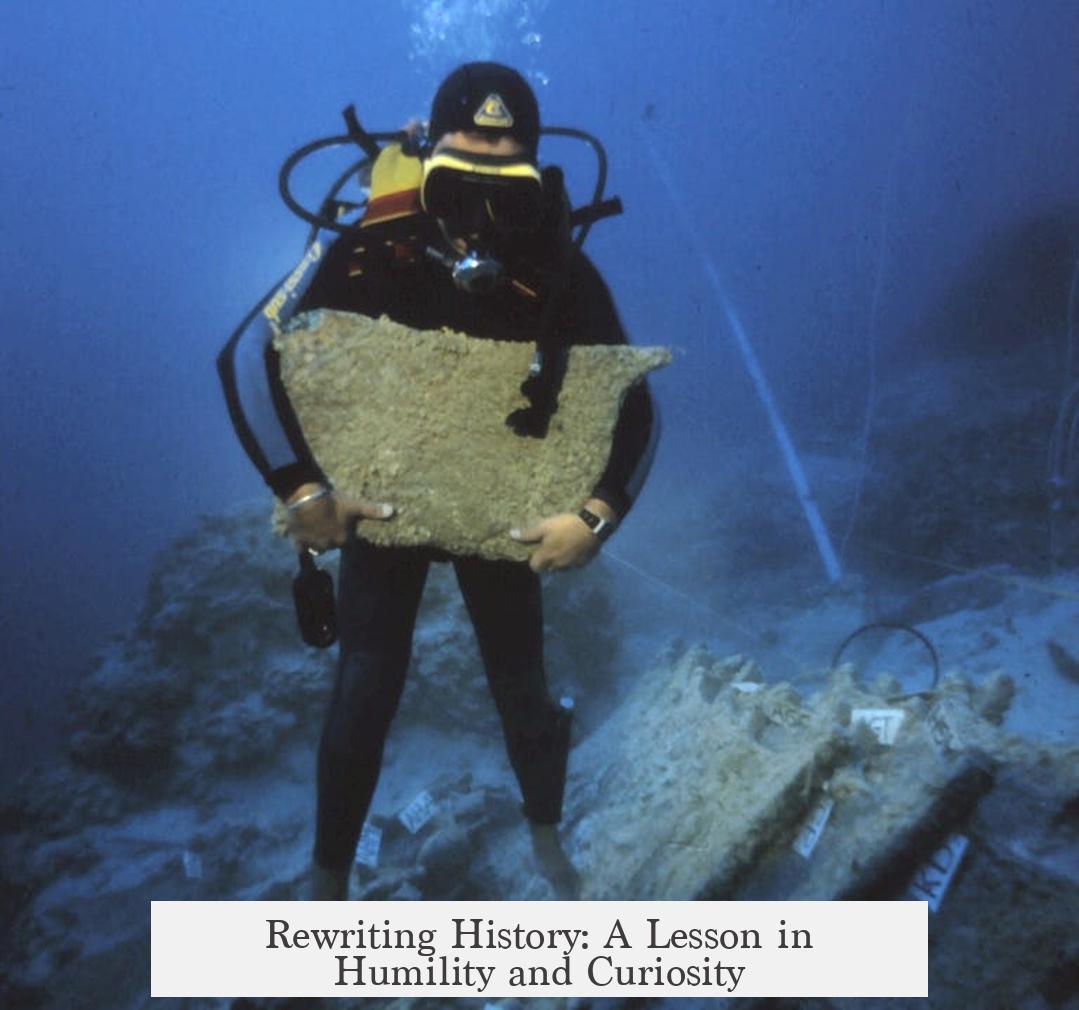
The unveiling of this shipwreck pokes holes in a comfortable historical narrative that once seemed straightforward. Scholars and enthusiasts alike now ask: if this detail is off, what else might we have wrong?
It reminds us that history must always bend to reality, as this discovery testifies. It’s a call not to blindly accept what’s in our textbooks but to question, investigate, and get excited about the complexities.
Imagine history as a sprawling puzzle, and with each excavation, we add a piece that changes the picture. Sometimes dramatically, other times subtly — but always fascinating.
So, What Can You Take Away From This?
- History is nuanced. Trade didn’t stop, but evolved with cultural and political shifts.
- Trade networks were multicultural. Diverse actors played roles beyond the Roman and Byzantine empires.
- Artifacts can challenge assumptions. New finds force us to rethink accepted wisdom.
- Preservation is a challenge. Sometimes discoveries vanish back into sand due to lack of resources.
- Question headlines. Sensational claims often mask complex truths.
Next time you see a headline screaming about history being rewritten, remember there’s often a rich, textured story beneath the surface.
Would you visit a museum exhibit of a medieval shipwreck laden with goods from multiple cultures? Or does history’s messy reality challenge your mental image of the “Dark Ages” as just a time of economic collapse? Either way, this discovery proves history is alive, underwater, and still surprising us.
What does the 1,200-year-old shipwreck reveal about ancient trade?
The shipwreck shows that trade continued between the East and West after the fall of the Roman Empire. It challenges the idea that trade routes fully stopped during that time.
Could the shipwreck cargo be from looting rather than trade?
Yes, the vessel might have carried loot from raids on Christian towns or ships. Arab raiders often attacked coastal areas, so the goods might be from such activities.
Why is the shipwreck not going to be displayed publicly?
There are concerns about where to preserve and exhibit the finds. Unlike famous ships, this wreck may be left covered by sand due to a lack of adequate facilities.
How does this discovery affect historical understanding of trade in the 8th century?
The find questions the belief that trade nearly stopped after Byzantine decline and Islamic rise. Trade likely continued through various groups including Muslim, Jewish, and Christian traders.
Is the news about the shipwreck fully reliable?
Some skepticism exists toward the reporting. Experts note that some headlines exaggerate or misrepresent the historical impact, urging careful interpretation.
